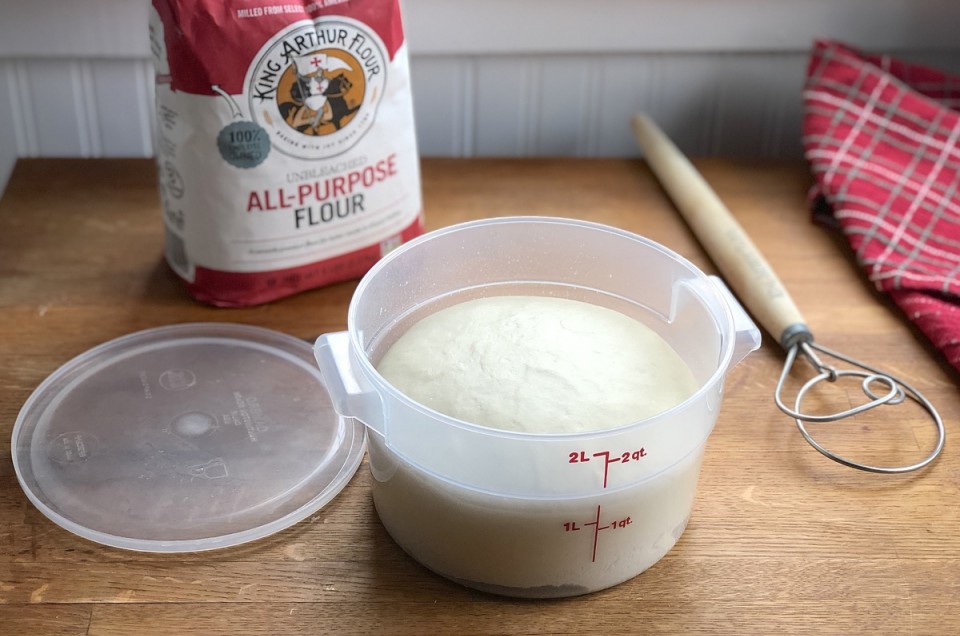


“Why do I have such trouble with bread dough rising?” Oh, how often we’ve heard this plaintive question on the Baker’s Hotline here at King Arthur Flour! Sometimes yeast dough not rising is an issue with the dough itself (too much sugar, salt, flour, fat; take your pick). But often it’s simply the environment in which you’ve placed your bowl of dough. Knowing where to put dough to rise, especially if you’re baking in a chilly winter kitchen, is key to yeast's happiness (and ultimately, your own).
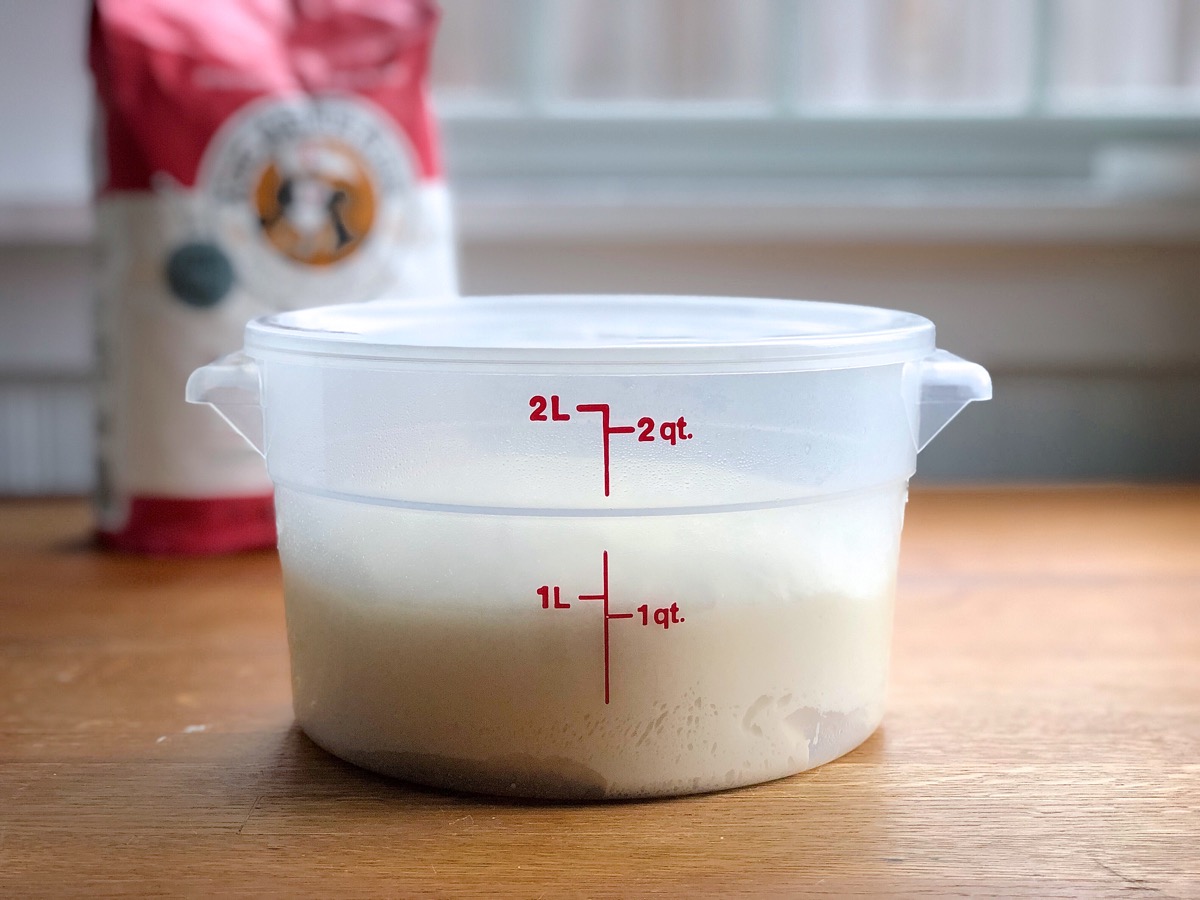
Luckily for all of us bread bakers (both experienced and less so), yeast WILL reliably grow, divide, and make bread dough rise except under extreme conditions of duress: high or low temperatures, old age, or a severe imbalance in the dough’s ingredients. Maybe your sweet dough rises with excruciating slowness but, sooner or later, yeast does its thing.
It’s just that most of us don't enjoy waiting around for bread dough to rise. Are you willing to rearrange your schedule to afford yeast the exact time it needs — given its environment both within the dough and on your kitchen counter? No, I didn’t think so. Luckily, assuming you’ve made a “healthy” dough with the correct balance of ingredients, you can control the rising time of your dough pretty easily. It’s all in knowing where to put dough to rise.
The temperature at which dough rises has a direct effect on the flavor of your final product. The longer dough rises (up to a point), the more flavor it develops. Conversely, dough that rises too quickly produces bread with flat flavor. Nail the sweet spot — warm enough to rise at a decent rate, yet cool enough to develop flavor — and you're golden.
Studies have shown that the optimum temperature for yeast to grow and flavor to develop is 75°F to 78°F. (Interested in the science behind the data? See our blog post: Desired dough temperature.) This temperature range gives yeast dough enough time to develop flavor while still keeping the whole process within a manageable timeframe.
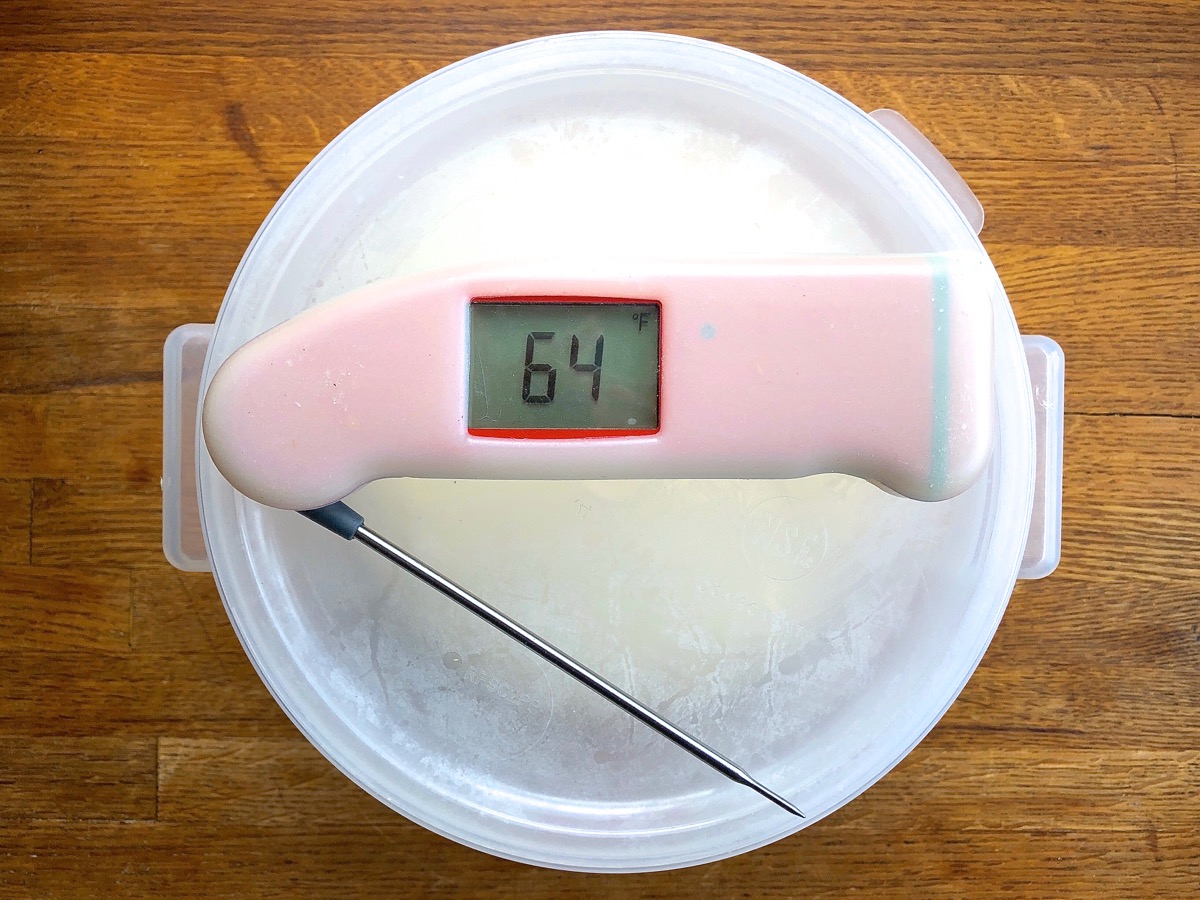
Unfortunately, an ambient temperature of 75°F to 78°F in your kitchen can be difficult to maintain. I don't know about you, but my winter kitchen is more like 62°F to 65°F. And even if you're down South, you might have trouble keeping your kitchen in the high 70s — whether because it's winter, or you've got the AC going.
Professional bakeries often use temperature-controlled “cabinets” called retarders to let shaped loaves and rolls rise first in a cool environment (often overnight) to develop flavor; then at warmer temperatures just before baking, to keep things moving along efficiently. A retarder is obviously the best way to control your dough’s rising environment.
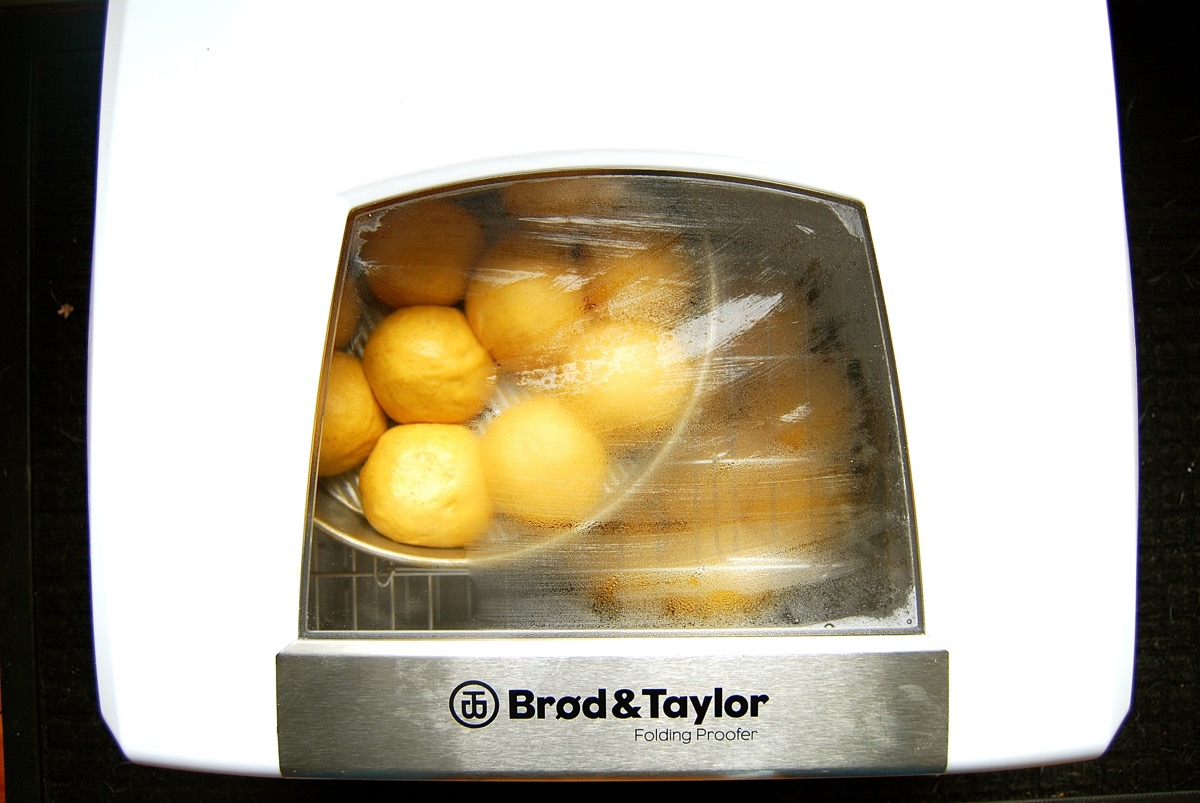
The home baker's version of the pro's retarder is an electric dough proofer, a countertop temperature/humidity-controlled proof box. This appliance lets you set whatever temperature you want and just walk away, knowing that the dough, bread, or rolls you’ve placed inside will rise without any cold drafts or temperature swings to upset the apple cart.
If you’re a passionate bread baker, I highly recommend this effective tool (which is also great for tempering chocolate, making yogurt, proofing sourdough starter, and even slow cooking). Bonus: It folds down for easy storage. Read all about it here: Yeast dough’s secret weapon.
But handy though it is, you certainly don't need a countertop proofer to raise your yeast dough. There are plenty of other ways to provide your rising dough with the warm, humid environment yeast loves.
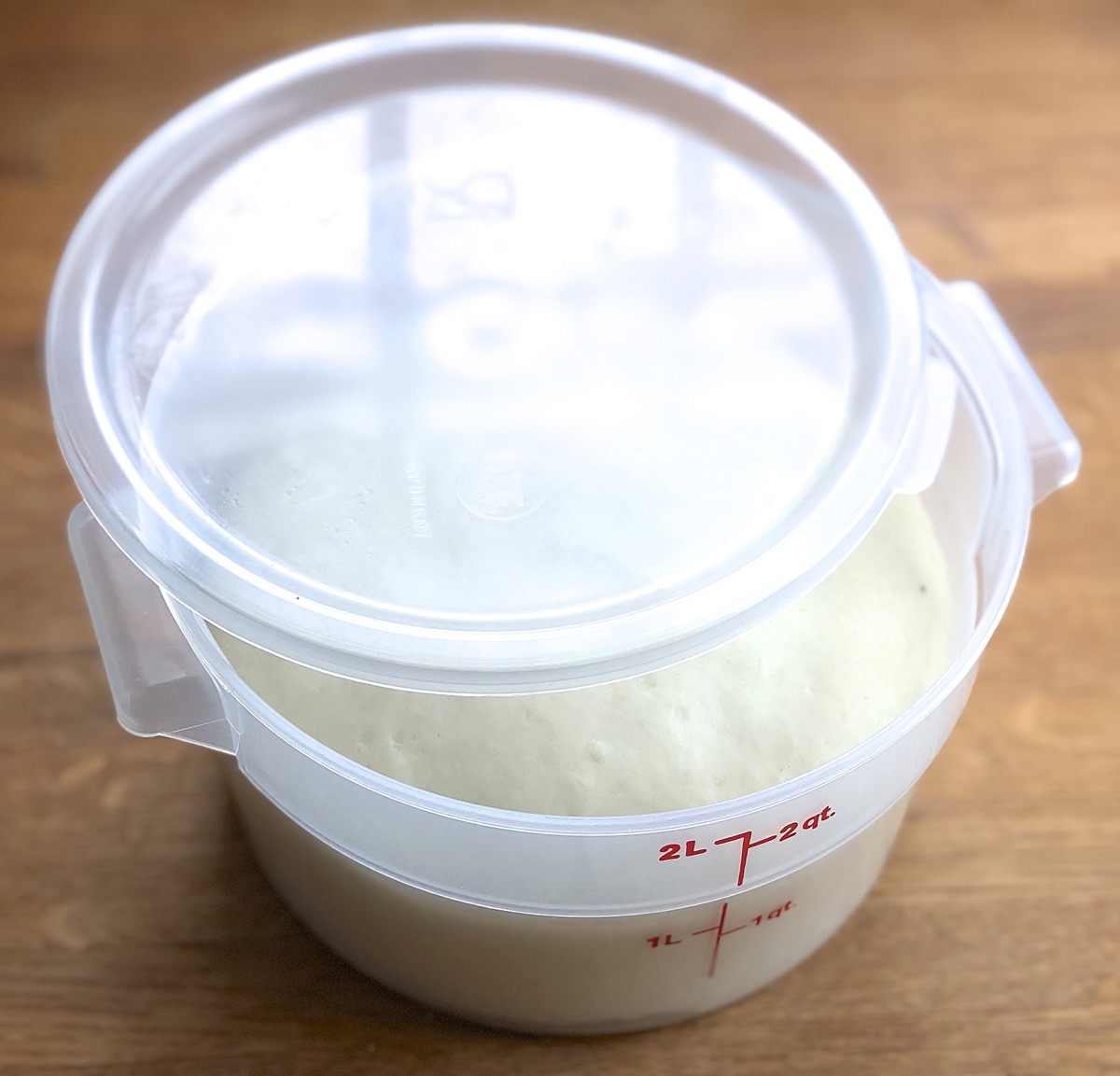
Why not just drape a towel over your bowl of rising dough, like your great-grandma did? Because your goal is to create an environment that's not only warm but humid. Why humid? Moisture keeps the skin of the dough supple and soft, promoting a better rise. A cotton towel allows moisture to escape; plastic (or even better, a snap-on lid) keeps moisture trapped.
I like to use the food-safe plastic dough-rising bucket pictured above. Not only does it create a moisture-trapping environment, but its markings help me gauge when the dough has doubled in size.
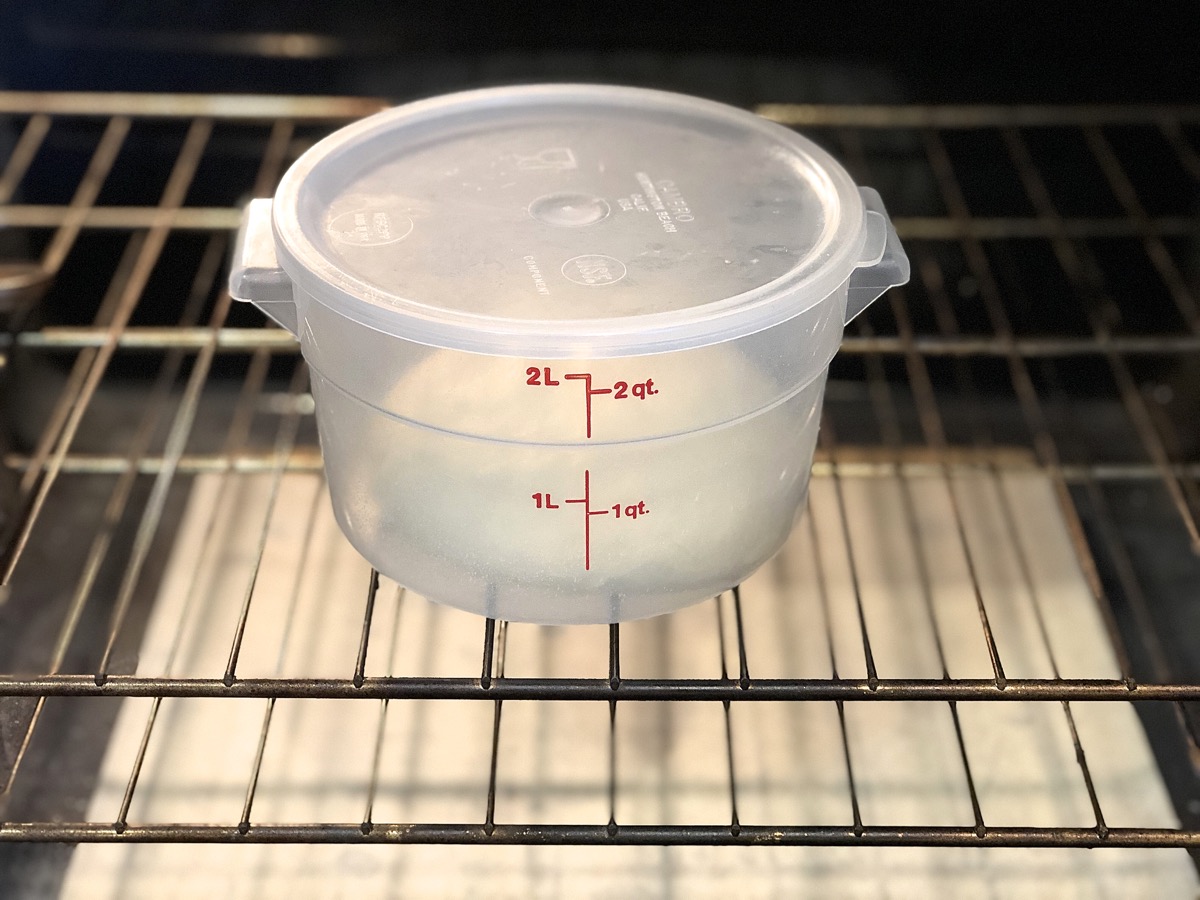
Many bakers like to preheat their oven briefly, turn it off, then place the bowl of dough within. My issue with this is, I usually forget and preheat the oven way beyond what’s necessary, and then have to wait for it to cool down.
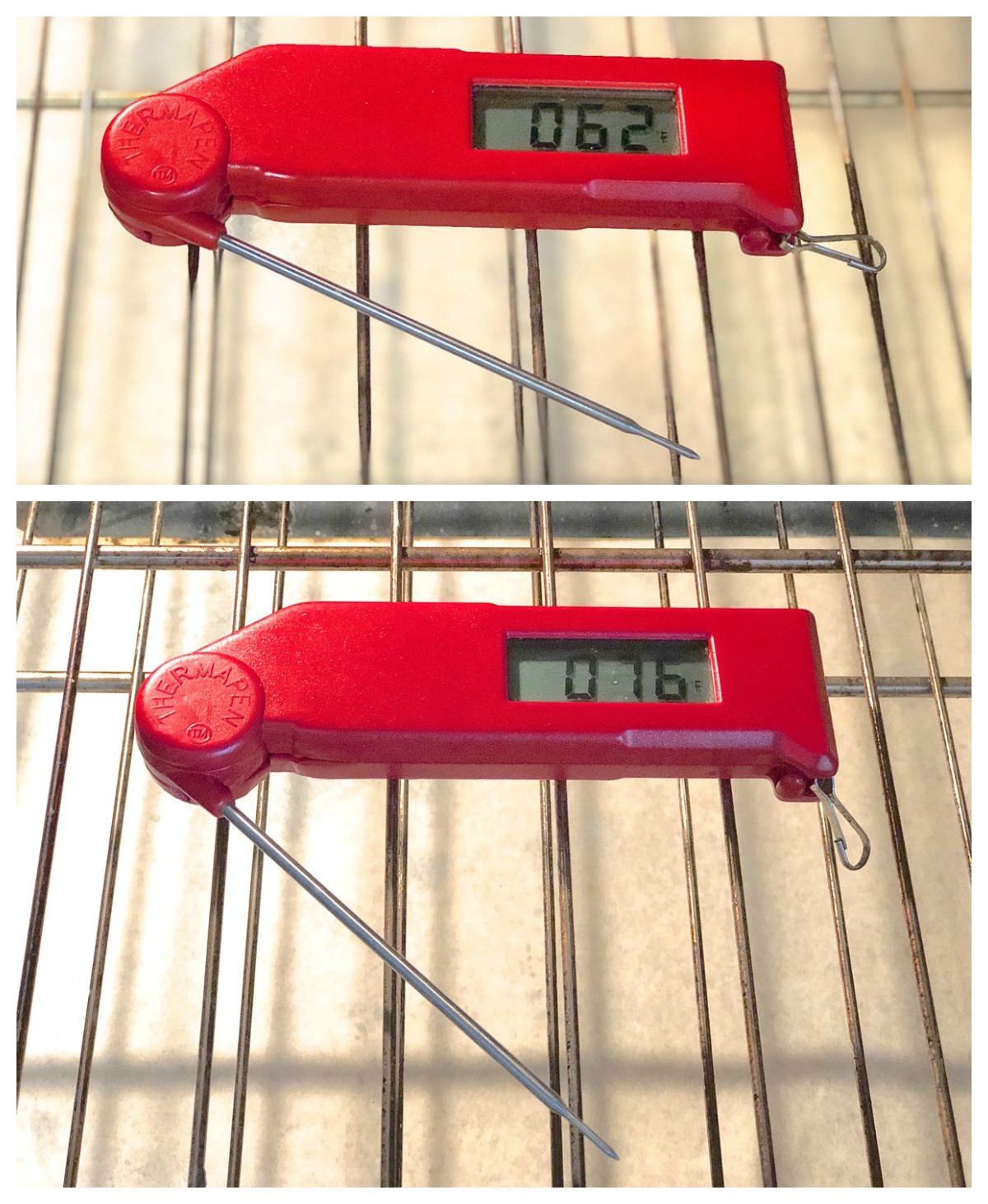
So instead, I simply turn on the oven light, and the temperature within gradually rises. I’ve learned that in the winter (when my kitchen is cold) if I turn the oven light on an hour ahead of adding the bowl of dough my oven temperature will be right around 76°F. I put the dough in, leave the light on for another 30 minutes or so, then turn the light off, allowing the temperature inside to reverse its course.
Of course, your oven and your kitchen will yield different results. But I urge you to take the time to see how effectively just a simple lightbulb can heat your oven, creating the perfect dough-rising environment.
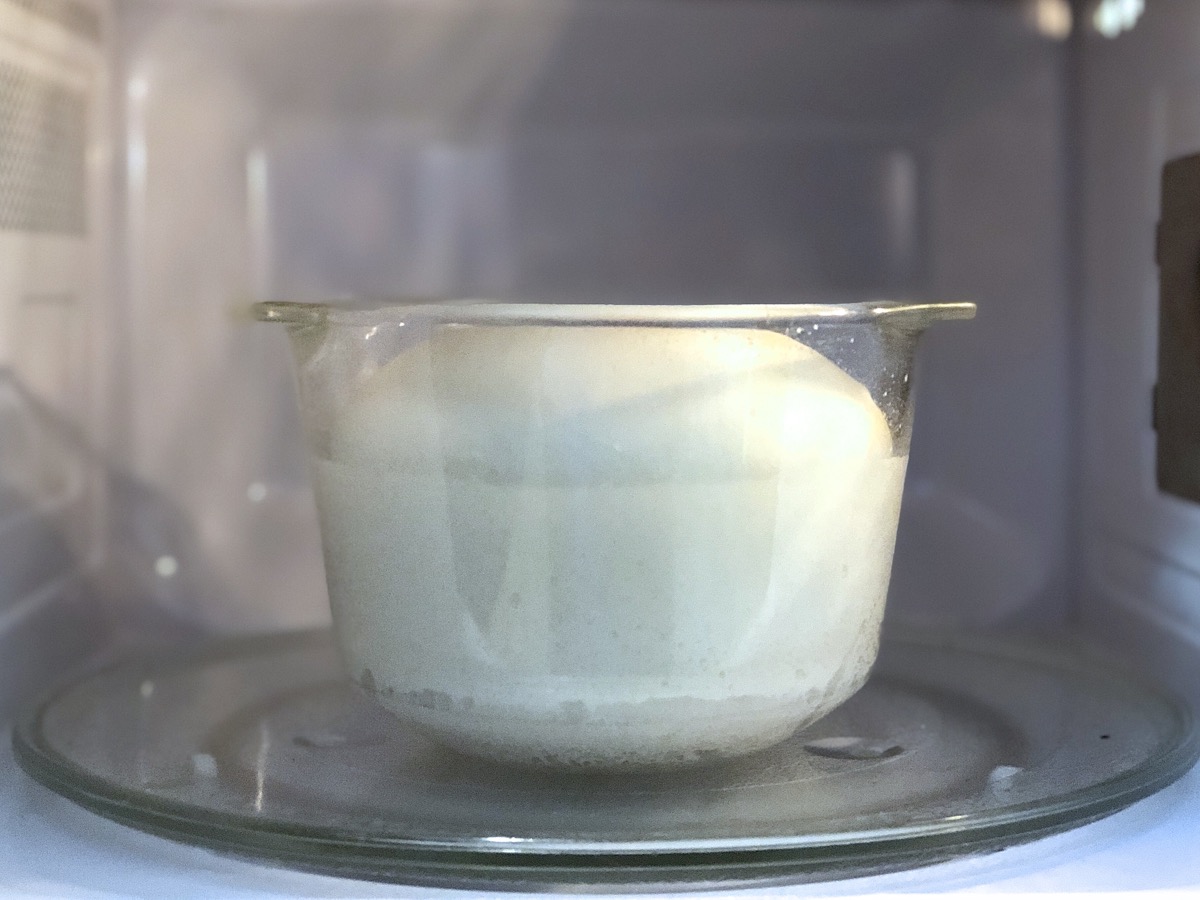
Here’s a technique savvy bakers have been using for years: Bring a couple of cups of water to a full rolling boil in your microwave oven; in my oven, this takes 3 minutes. Wait about 4 to 5 minutes (for the microwave's interior to gradually cool down some), and exchange the bowl of water for your (uncovered) bowl of dough; quickly close the door.
The interior temperature of your microwave will start out in the mid- to low-80s and will drop down through the 70s over the next hour or so, providing an ideal rising environment.
If you're in a hurry and forgot to boil the water ahead of time, just use a smaller amount of water and bring it barely to a boil. The microwave's temperature will drop more quickly into yeast's comfort zone (though it also won't linger in that zone as long, either).
Word to the wise: Boiling water can be dangerous, of course, so be very careful moving it out of the microwave. Don't decide to add a tea bag or otherwise disturb it until it's calmed down and stopped bubbling!
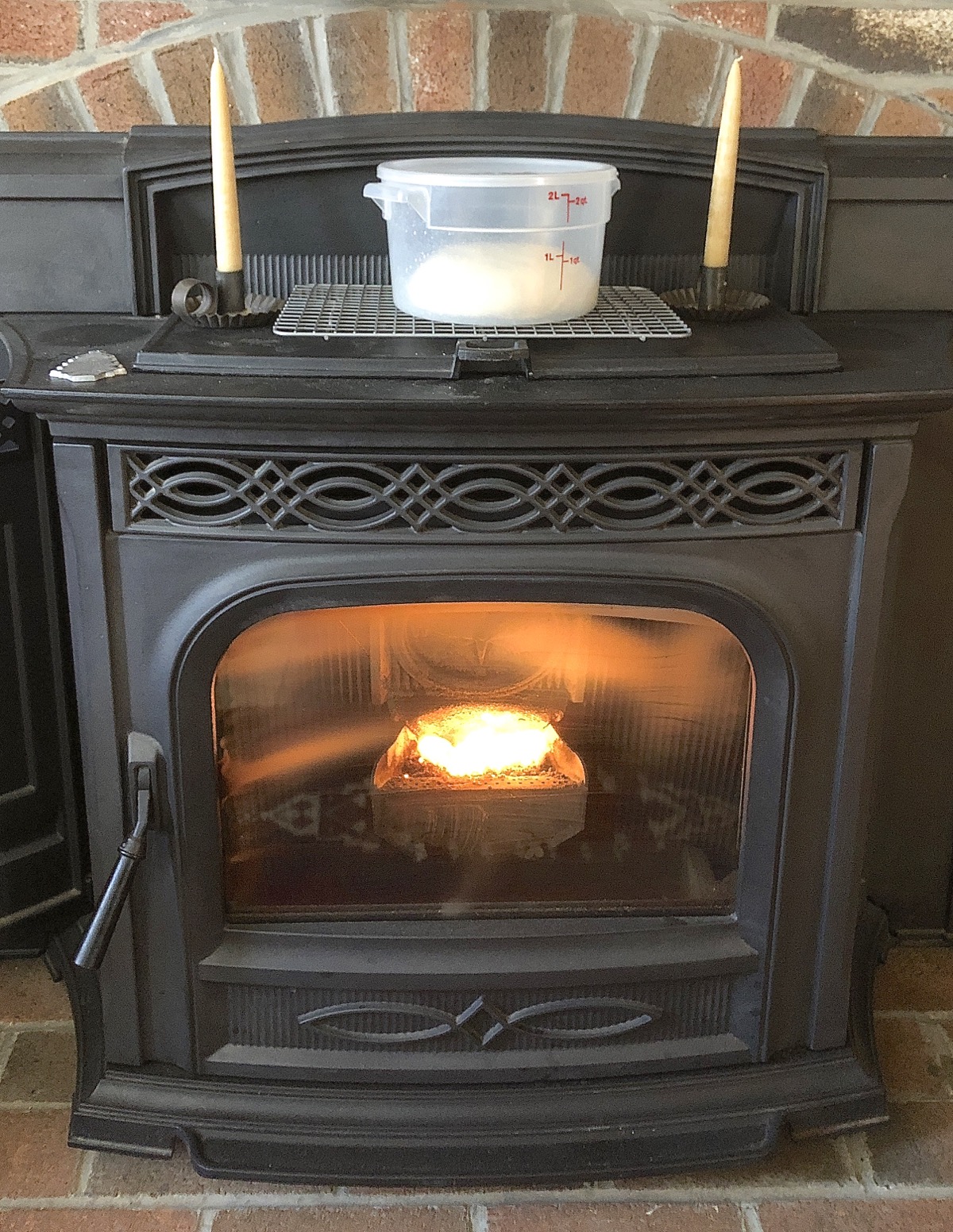
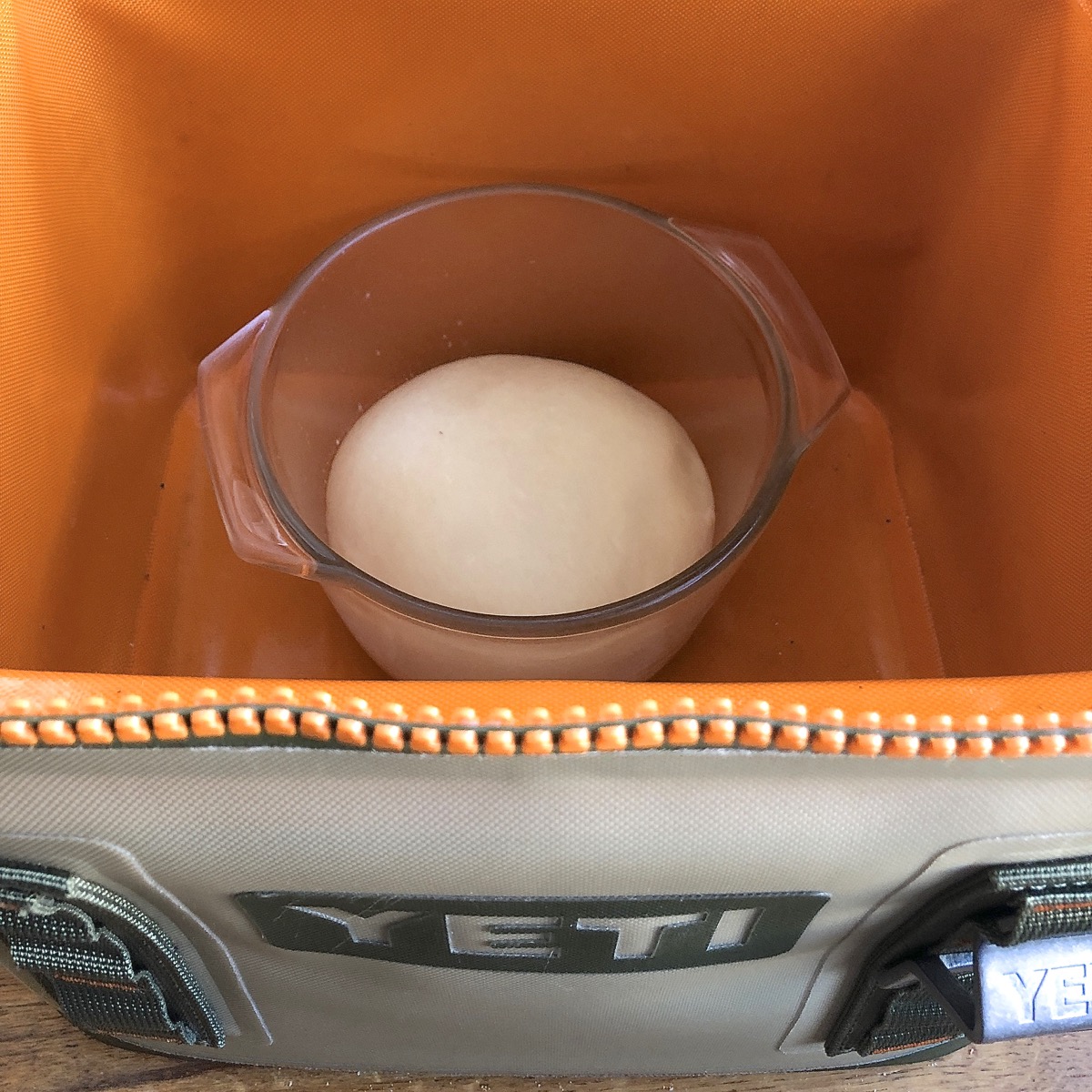
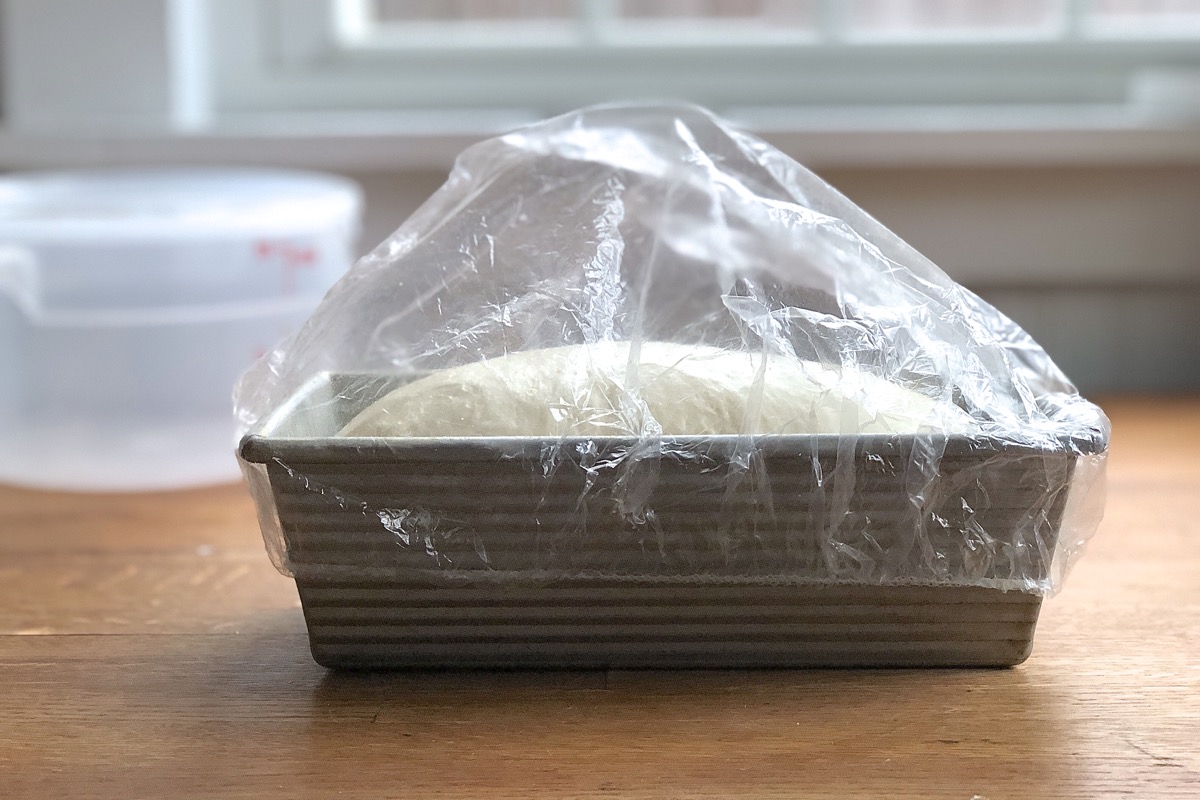
So far it's all been about dough's first rise in the bowl. What about once it's shaped and in its loaf pan?
Most methods work just as well for shaped dough as for dough in the bowl. The exception: your oven. Since you'll want to preheat your oven well before the bread is ready to bake, you don't want your loaf pan inside — even though you swear you won't forget and will take it out before turning the oven on. (Been there, done that... multiple times.)
So place your pan in some other warm spot you've identified. If it's not a humid environment (e.g., your microwave or a cooler), snap a clear elasticized shower cap (or bowl cover) onto the pan to trap moisture.
Let the dough rise, bake your bread...
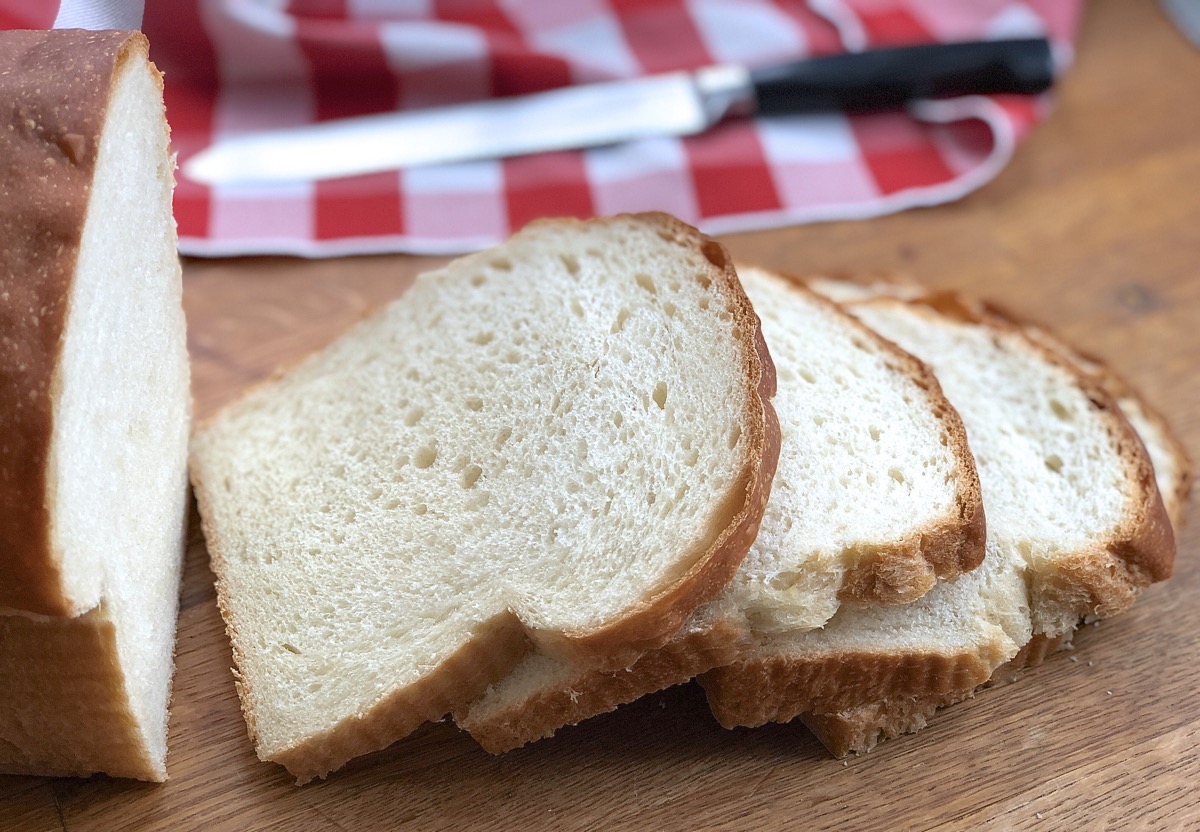
...and enjoy the results!
What other “warm and cozy” ways have you discovered to help your yeast dough to rise in cooler conditions? Please share in “comments,” below.